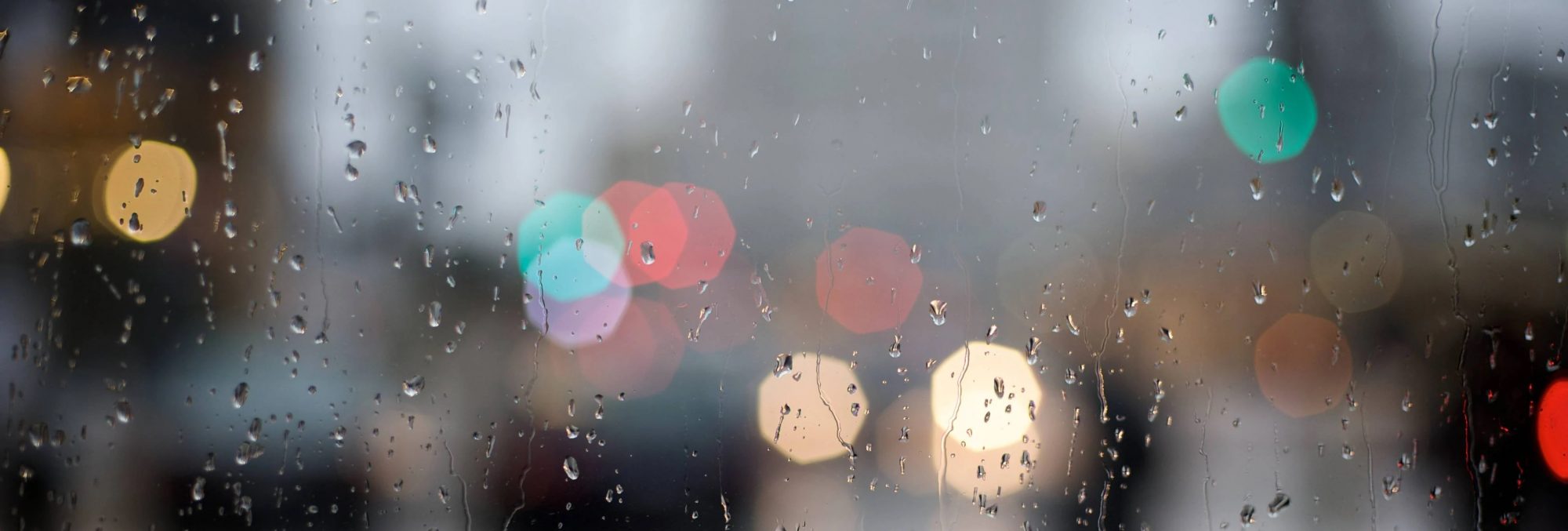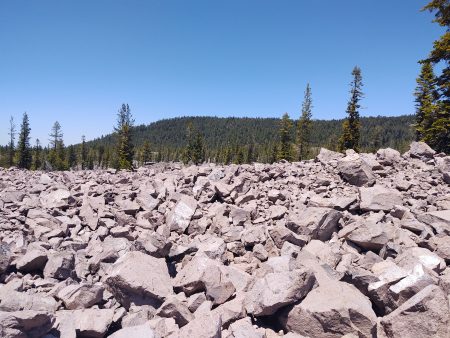
September brought a long-awaited pleasure: a leisurely road trip south and back along the eastern side of Oregon’s Cascade Mountains and California’s Sierra. I’d traveled Highway 395 along the Eastern Sierra twice before, south to north, both times in February, when the peaks were veiled by low clouds and I had neither the time nor the gear to do any exploring. I looked forward to seeing more.
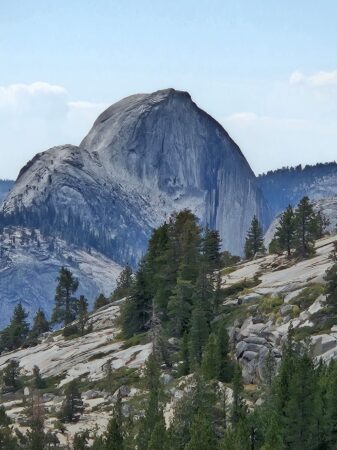
My only previous visit to Yosemite had been to the Valley via the west entrance. Driving in from the east over Tioga Pass, the highest in the Sierra, into the upper park was a thrill. Meadows, lakes, and polished granite domes abounded. And yes, the iconic Half Dome is visible from a few spots in this part of Yosemite as well. We had a lucky day, bracketed by evening storms on both sides, but well spent soaking up the vistas and hiking a few short trails.
Our next stop was Mammoth Lakes, another place I’d never been. We spent a few days hiking and sightseeing, from small spots such as Emerald Lake, tucked away in the John Muir Wilderness, to geological glories such as the Devil’s Postpile, one of the world’s best examples of columnar basalt, and the Minarets, piercing the sky at dusk. (Why, though, are fascinating geological formations so often attributed to the Devil? My home state of Oregon has a bunch of them, from an Elbow to a Cauldron.)
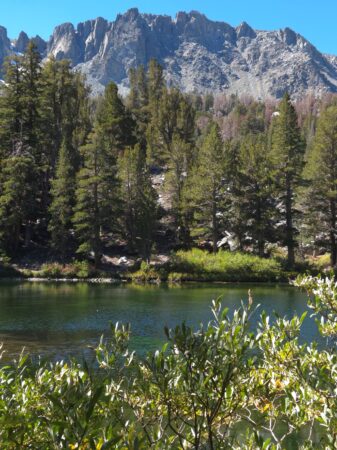
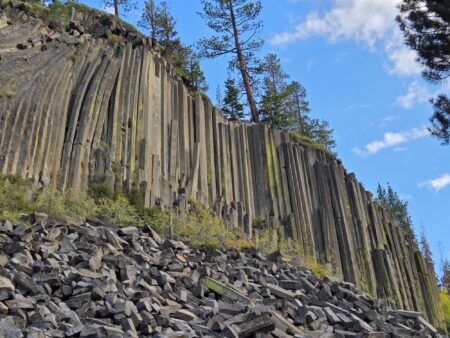
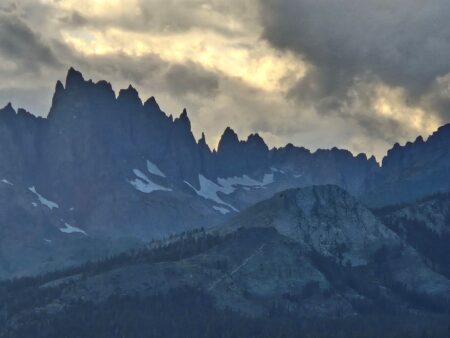
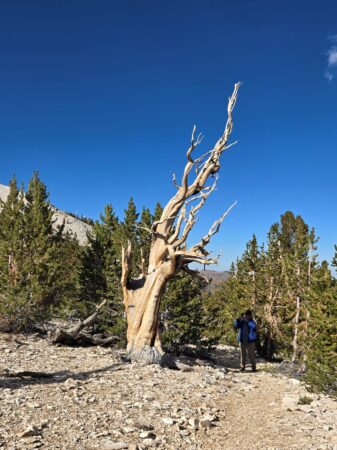
My primary goal was to visit the Ancient Bristlecone Forest in the White Mountains, across the highway from the Sierra. From the Schulman Grove and its wonderful new visitor center to the Patriarch Grove at 11,000 feet of elevation, this home of the world’s oldest trees did not disappoint! Here my traveling partner Z photographs one of the dead trees, which, we learned, are so hard and durable that they don’t decay–they erode. Well worth a 2,029-mile round trip.
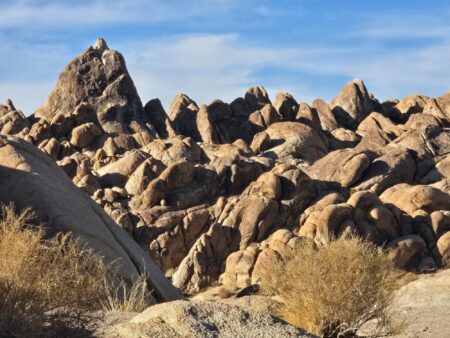
Last but not least, we spent a hot but cheerful few hours rambling among the Alabama Hills, which Z had long wanted to visit. These strangely comical, lumpish rock formations are the backdrop of many Western tv shows and movies, including Tremors. Needless to say, we kept a sharp eye out for graboid dust trails.
